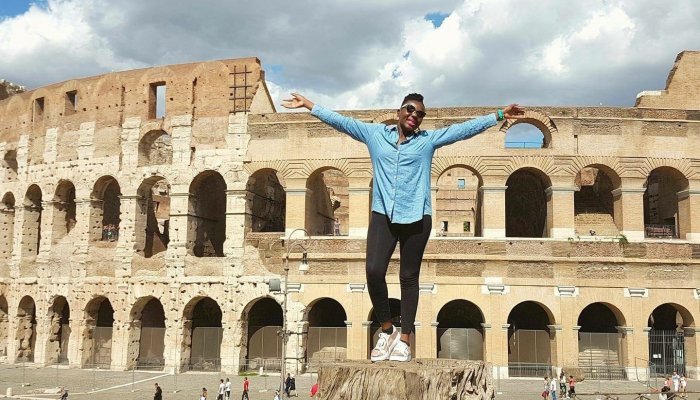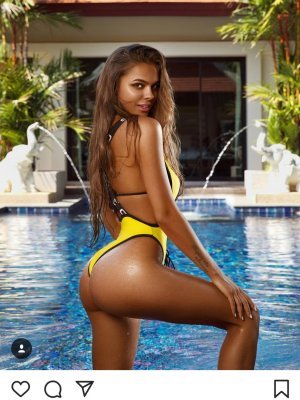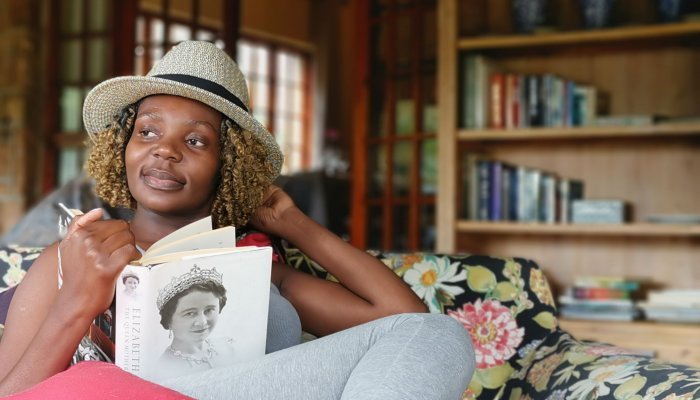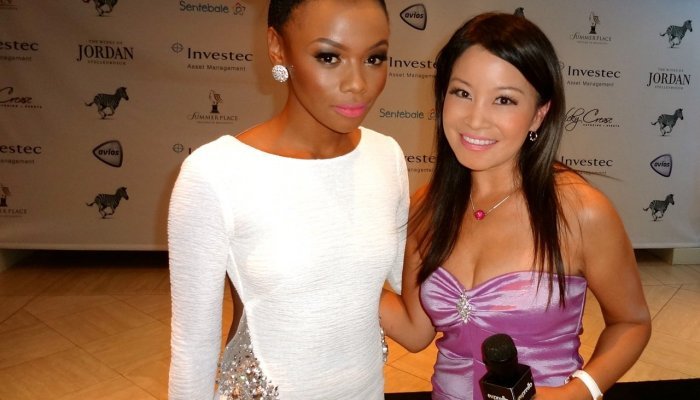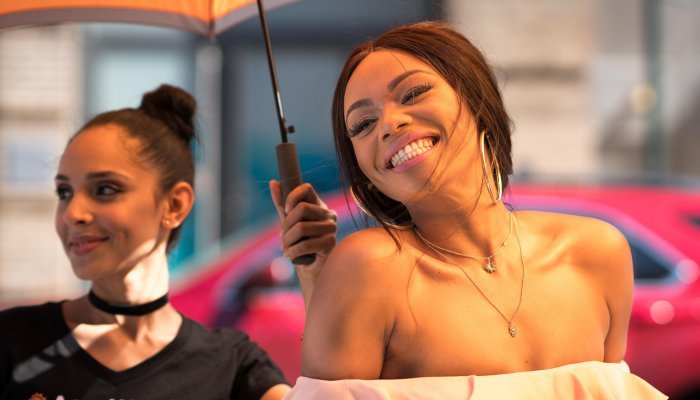Travel writing? So last century. Influencers – digital arbiters of taste – are the new Pied Pipers of the tourism industry; their skills trumping editorial experience, hands down. Laments Cape Town columnist Haji Mohamed Dawjee: “I hate telling journ students it's a useless degree but here we are.”
Indeed. Who has time to read? With trendsetting powers conferred from the few to the many, contemporary consumers prefer the pithy Instagram formula – small square parades from rugged crags to Chadian saddlebags – for destination ideas. Scroll. Swipe. Like.
By providing digital tours of other people’s holidays ‒ ‘vacays’ in the vernacular ‒ the app with more than one billion adherents, ramps up aspiration and #fomo just the way advertisers like it.
Enter the influencers
Sharing snapshots of their curated existence, showcasing cool commodities in the hottest spots, aka product placement; a top influencer can turn over millions in brand partnerships, sponsored posts, and kickbacks from sales that can be traced to their feeds.
Take TV and radio presenter, Jen Su (@jensu1), who gets paid to drive top-of-the-line cars, flies first class on British Airways, and lounges about in luxury villas with complimentary spa, fitness, hair and nail treatments. “The freebies are fabulous,” she says. Throw in designer outfits sent to her home, plus more than R100 000 a month to spend on accessories, and you can see the appeal.
“Both parties must be clear about requirements,” says the peripatetic jet-setter, who has mapped out the trail for other social media climbers in her book From Z to A-Lister: How to Build Your Personal Brand (TM Publishers).
Brands can get despotic. Most expect you to address their ‘suggested talking points’ in your own words. Contracts may dictate specific language, the time a post must be published, the number of follow-up posts required, and their reach. Not to mention expected eulogies over substandard hotels. Jen Su declines sponsorship opportunities if the requirements are too restrictive or “if I’m not satisfied with the quality or level” of service.
“I focus on the brands I use and care about, so my recommendations come from the heart,” says the celebrity MC who segues easily from discussing financial news on Sky, one minute, to singing solo with the Soweto Gospel Choir, the next.
Former travel editor turned micro-influencer, Mantombi Makhubele (@travelqueen_sa) gives good ‘Insta-chat’ with forays into vulnerability. Clad in a swimsuit, she admits in one post: “Learning to swim has been one of the most embarrassing things I’ve ever had to do in front of people. You can only grow if you’re willing to feel awkward when you try something new.”
Of course, she loves the free travel. Who wouldn’t? “I run a bespoke agency so the opportunities to share my experiences and provide more information about places are great,” she says.
Hip to the gram
With more than 85% of Millennials using social media to find flight tickets, accommodation and inspiration, travel marketers have embraced influencing as the cheaper, more effective alternative to conventional advertising. Opportunities to unveil their brand’s personality, provoke discussion, and link into global conversations are unprecedented, even after a holiday has ended. Think #ThrowbackThursday
One post featuring Bonang Matheba (@bonang_m) posing at the Four Seasons Hotel the Westcliff garnered 34 852 likes from her 2.2 million followers. Everybody wants her life.
“Influencers are vital to help us reach a wider, targeted audience,” says the hotel’s communications manager, Natalie Harrison. “In selecting the right calibre of content creator, we look at their feed highlights and engagement with followers, to ensure they’re in line with the Four Seasons brand. There’s more to it than a large online entourage as followers are easily bought.”
Indeed, Captiv8, a New York marketing specialist, recently caught several agencies selling fake accounts, and duping brands out of more than $200m a year.
Riaan Kruger, general manager of La Petite Ferme in Franschhoek agrees the incorporation of influencers and micro-influencers “plays a big part in our evolving marketing plan”.
Like other accommodation merchants, Kruger seeks those who develop their own narrative, aesthetic and positive engagement with (preferably) “our target leisure and lifestyle audiences”.
a top influencer can turn over millions in brand partnerships...
Top tips for Insta-success
The name game: Pick something that conjures mountain vistas, steaming mugs of coffee, or the rasping whispers of a foreign paramour. ExpertVagabond, EverythingEverywhere, JourneyWonders, and LandLopers have been taken. Find something snappy that pertains to you or your brand.
The artifice of authenticity: Where advertising clamours for our attention, authenticity draws the acolytes. Keep it real. Bring up feelings. Be vulnerable. Part of Jen Su’s appeal is the relatable way she charts her personal trials, and triumphs. “No matter where you are or what hotel you’re endorsing, your post must seem written from the heart. Your content should add value,” she says. Emotional marketing encourages engagement and aspiration.
Flag with hashtags: Need to brag about your check-in bag? Use a hashtag! These information filters get your content viewed. Create your own unique # to use in every post. The top four in 2018 were #travel (466M), #instatravel (100M) #traveling (78M) and #travelgram (1105M).
Image pilgrimage: Your pictures must be unique, eye-catching and vivid. Try sepia tones only or villas shot at sunset, but maintain the aesthetic. Invest in a good camera, not just your cellphone.
Imitate the great: Research rival accounts and take your cues from other well-crafted, narrative captions for inspiration. Mantombi Makhubele’s favourites are @jaredincpt, @precioustheplanner, @thecatchmeifyoucan, @oneikatraveller, @samtravelchick, @spiritedpursuit and @sincerlyjules.
Share and compare: Distribute your content across Facebook, Twitter, Snapchat, LinkedIn, Pinterest, YouTube and your blog. Establish what platform works best for you.
Be consistent: Go at your own pace and enjoy yourself. Jen Su posts at least one new photo daily. Be patient. The quality of a smaller, dedicated audience is more important than 100 000 random disciples. Keep your feed aesthetically consistent. Use your Instagram Stories, Highlights and Profile Biog to present yourself professionally and entice followers.
Strike a pose: Sure, the sexy cleavage or rear-baring images get the most likes. “If you have a hot body”, Jen Su encourages you to do it. “A gorgeous model at a resort is excellent promotion, but finding your best poses takes practise. A little Photoshop helps. Just a tweak can make the difference between ‘hot’ and ‘not’.” I use Facetune.
Be ethical: Disclose your sponsors, stated clearly in your post.
Travel influencers in Africa:
Zimbabwe: Steven Chikosi (82.4k followers)
Harare-based photographer and videographer who captures Zimbabwe’s most exciting aspects.
Zambia: Bwanga ‘Benny Blow’ Kapumpa (816 followers)
Kapumpa documents his adventures around Zambia.
Malawi: Traveling Malawi (3 631 followers)
Showcasing the culture, adventure, wildlife and tourism aspects of Malawi.
Mozambique: Mozambique Travel (4 274 followers)
Featuring the country’s top tourist places.
Kenya: Anita Nderu (305k followers)
TV and radio presenter at Capital FM in Kenya
Nigeria: Andrew Esiebo (87k followers)
A visual diary of life in Nigeria
Tanzania: Justa Lujwangana (1 528 followers)
Dancer, storyteller and traveller promoting sustainable tourism.
Anywhere in Africa: Everyday Africa (391k followers)
Several photographers depict everyday Africa in all its colourful glory.
(Instagram follower numbers correct at time of going to print.)
#fomo – a common Millennial affliction that stands for fear of missing out.
Of course, she loves the free travel....


